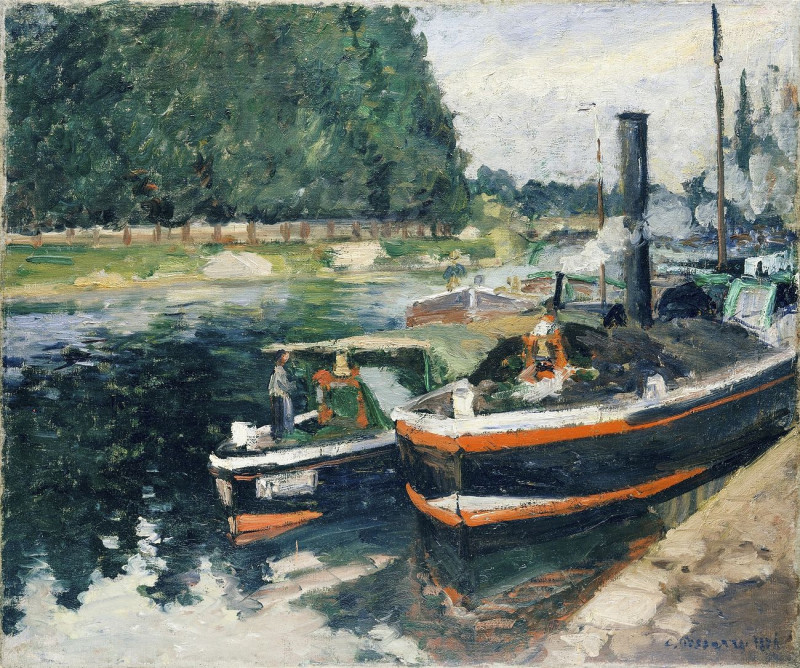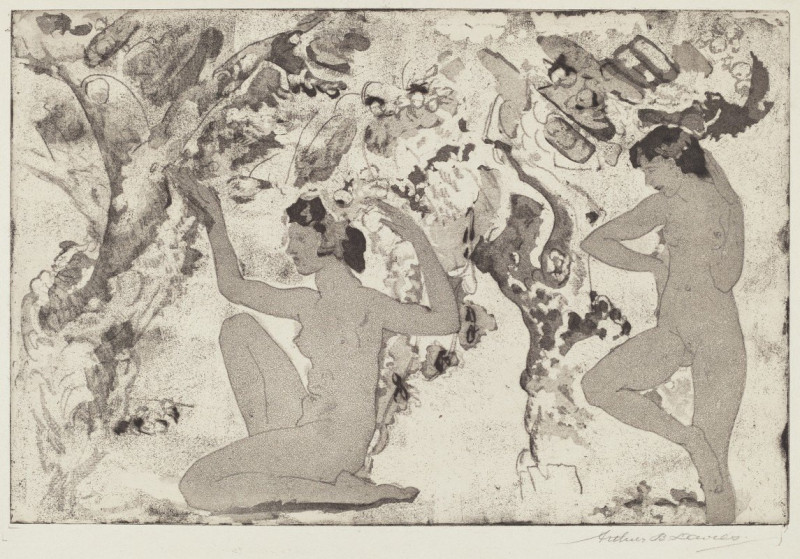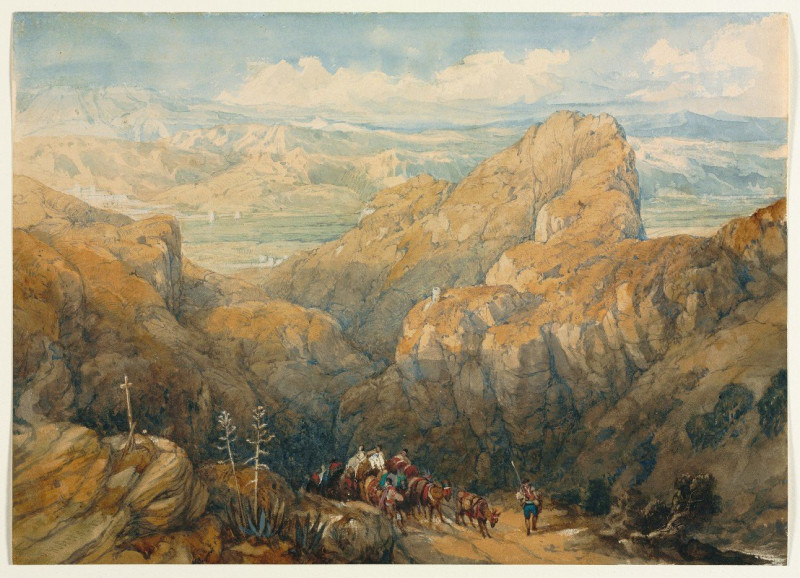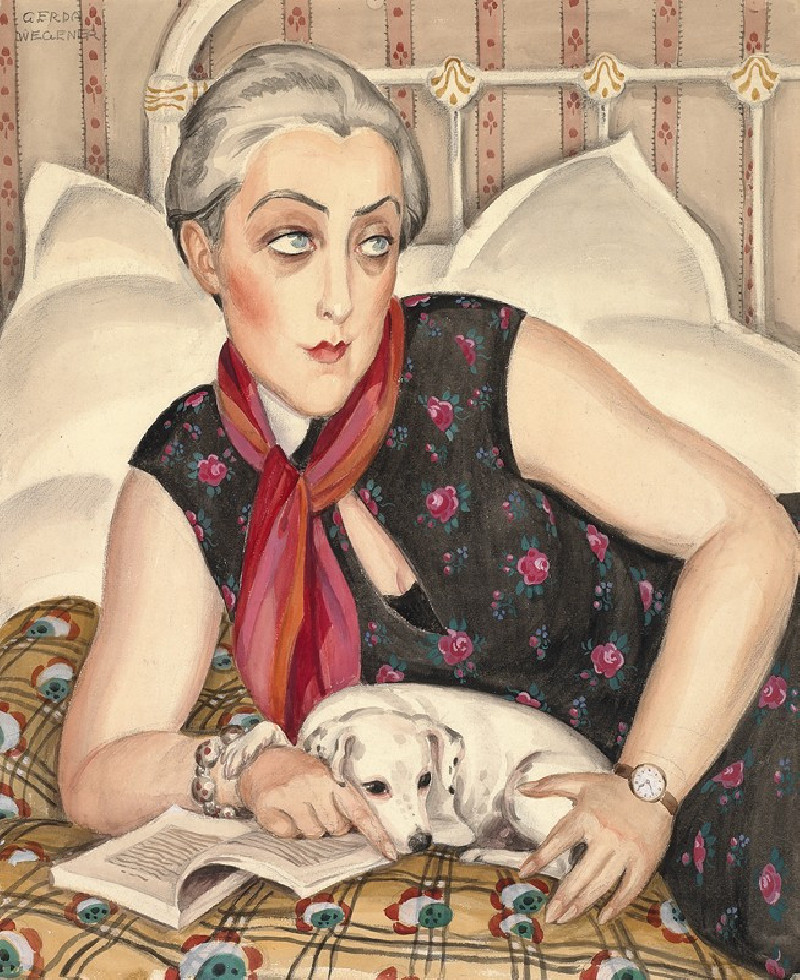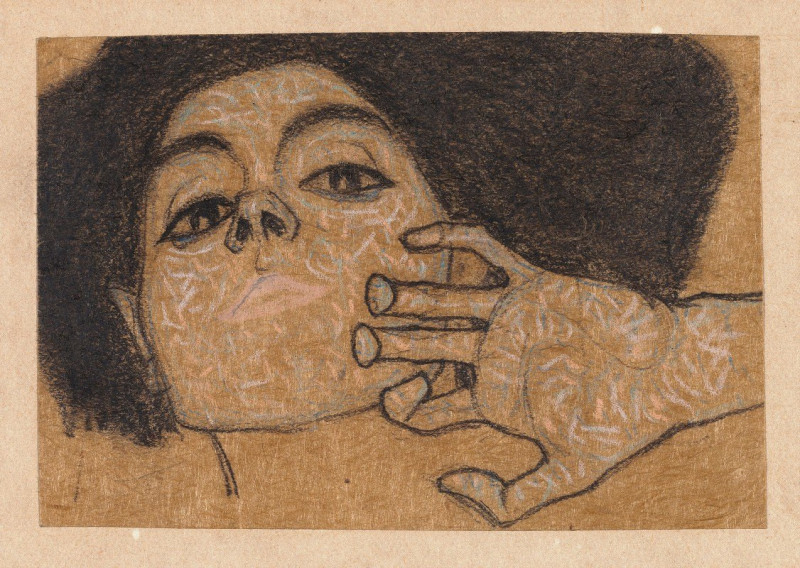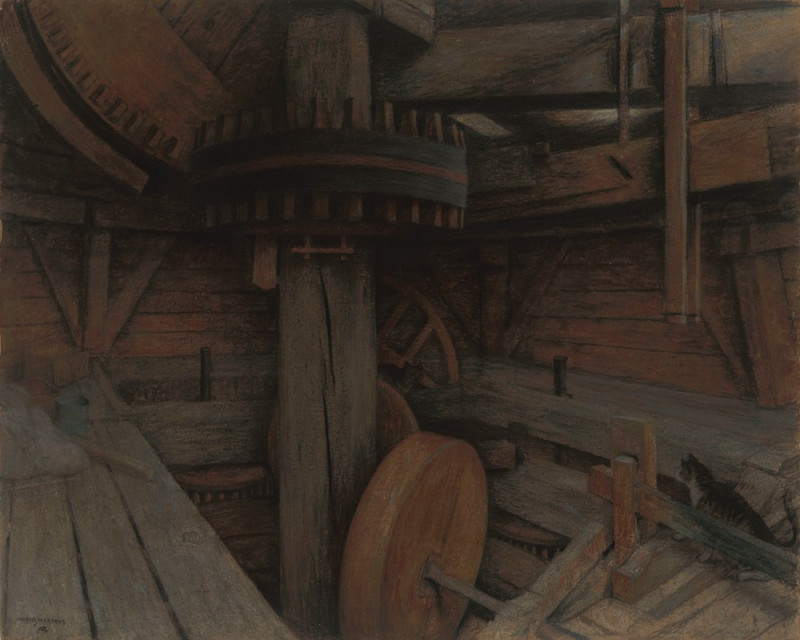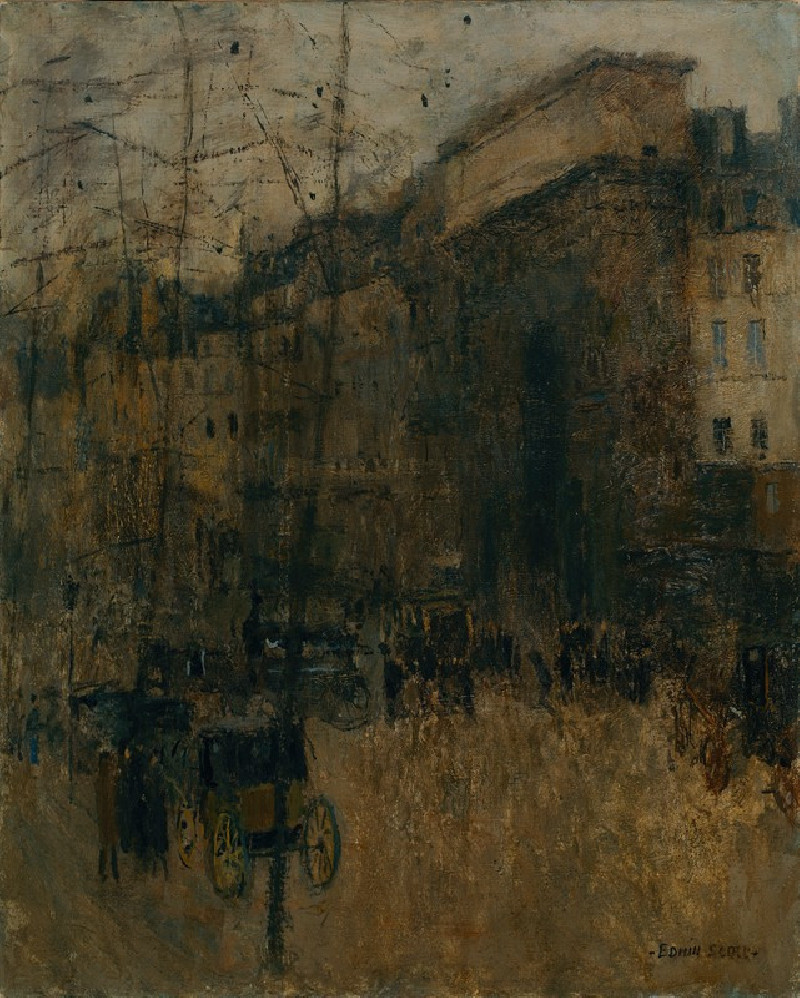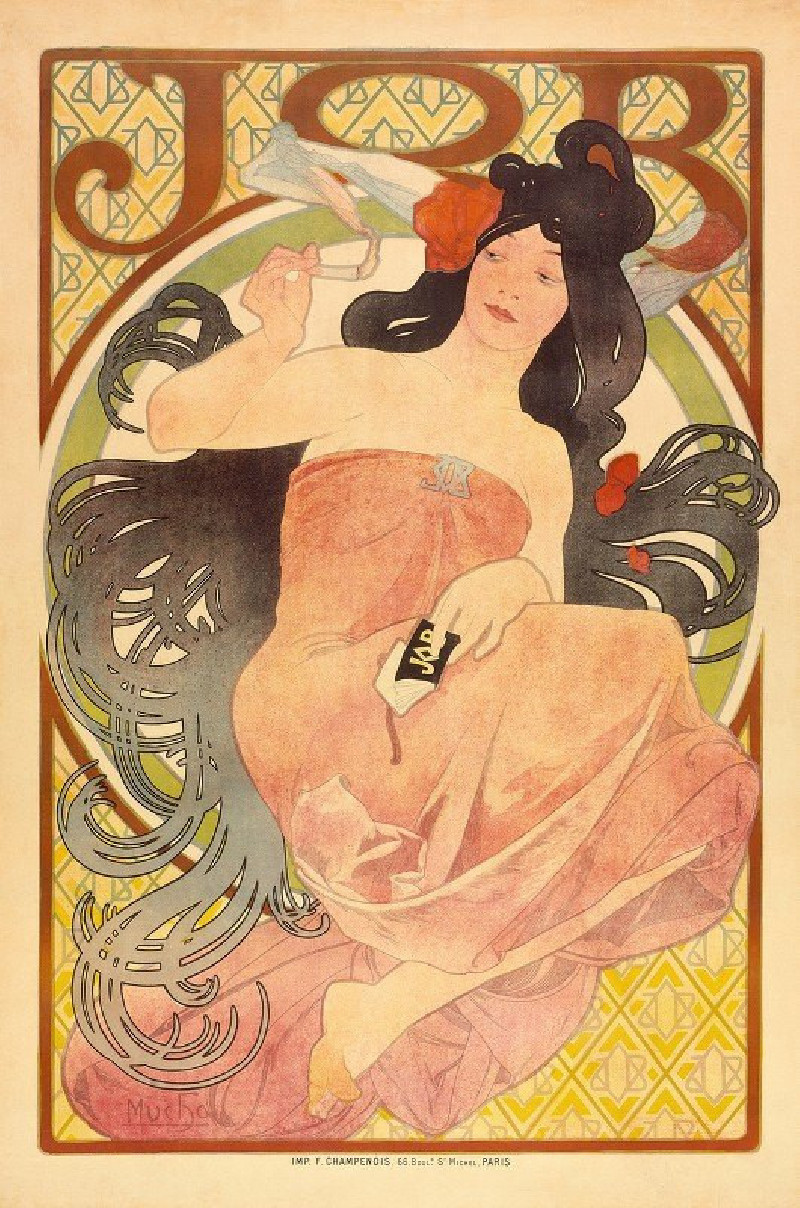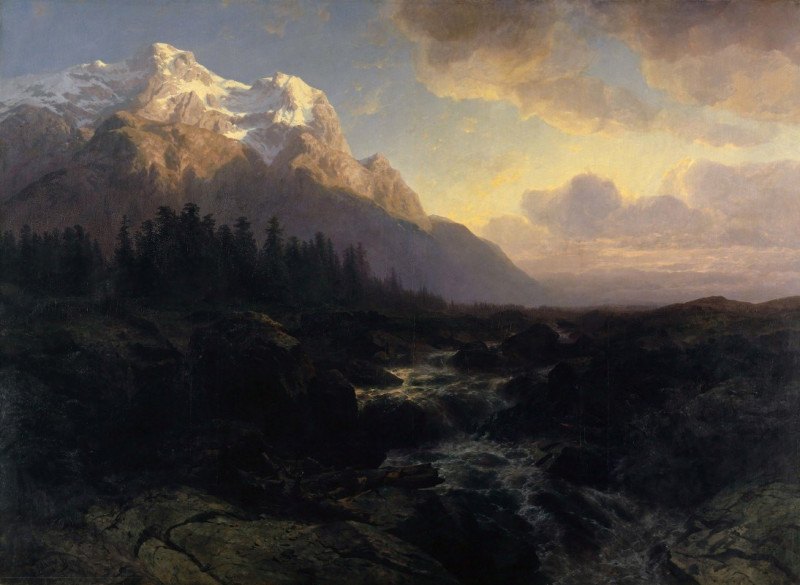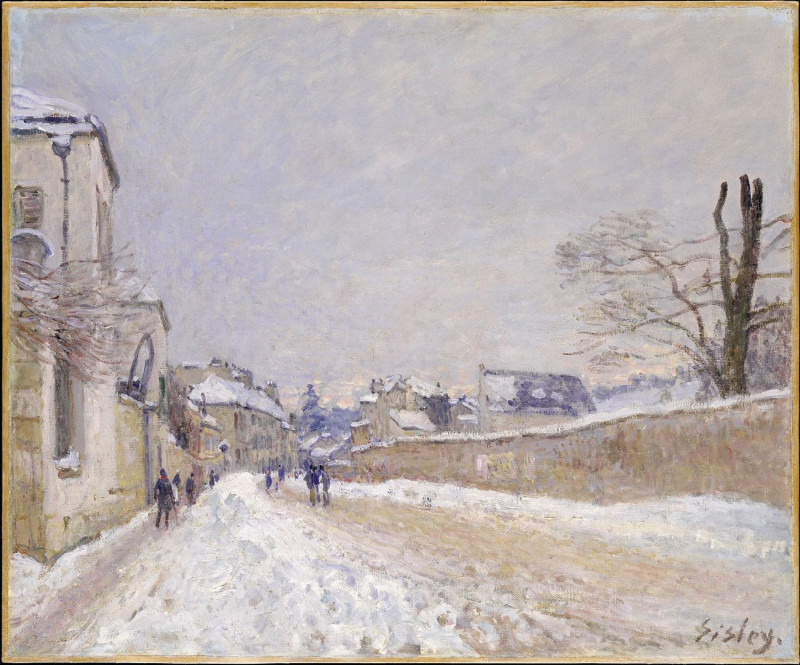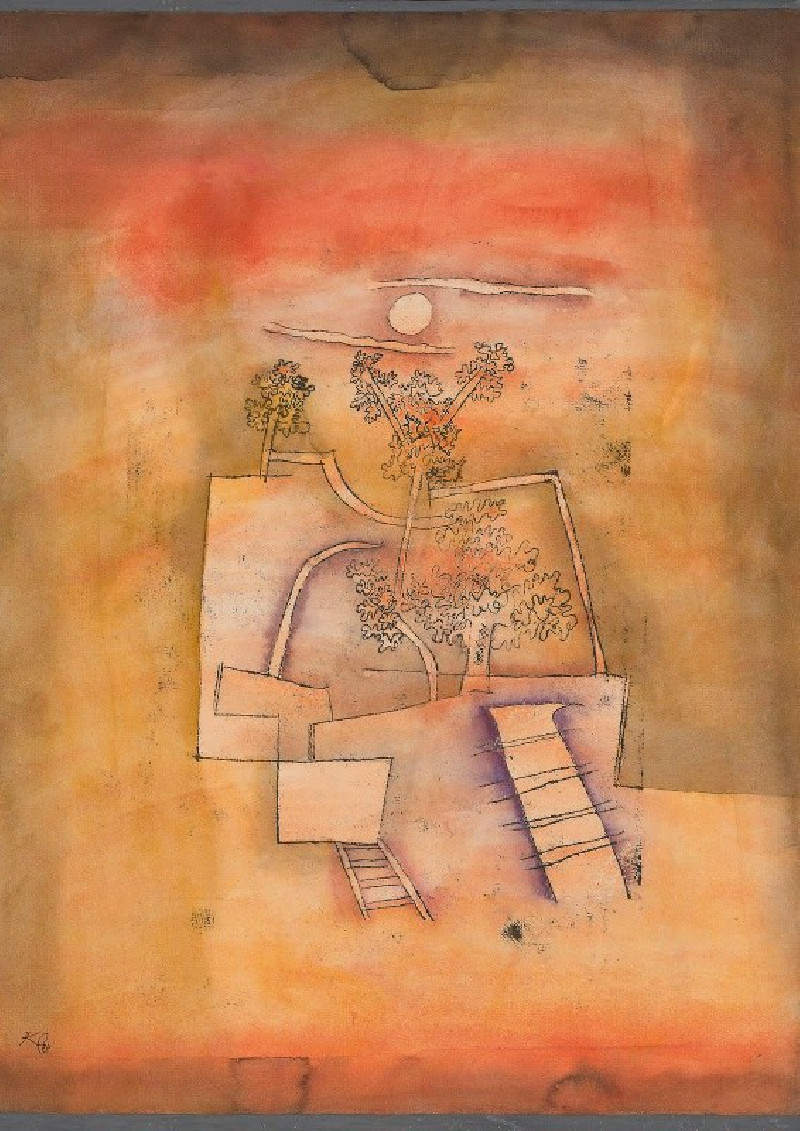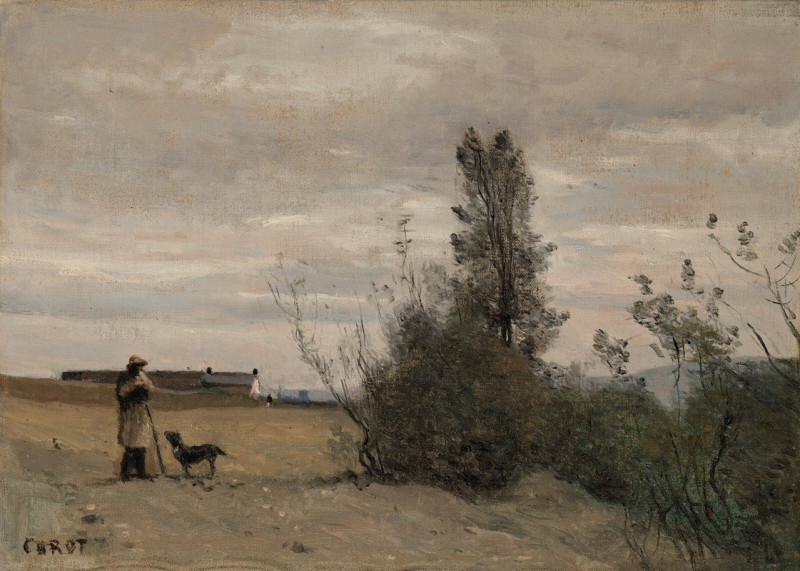Barges At Pontoise
Technique: Giclée quality print
Recommended by our customers
More about this artwork
"Barges at Pontoise" by Camille Pissarro is a beautiful portrayal of a serene river scene bustling with everyday life. It captures a moment along the Oise River where several barges are moored at the bank. The painting is a vibrant example of Pissarro's attention to natural scenes and his skill in depicting light and reflection on water.This impressionistic piece showcases Pissarro’s delicate brushstrokes, particularly evident in the shimmering reflections on the water's surface and the lush greenery in the background. The scene is lively but peaceful, punctuated by the presence of people engaged in their daily tasks. In the foreground, a workman interacts with a woman by the barge, adding a human element to the composition and providing a glimpse into the working life along the river.The soft, fragmented application of paint typical of Impressionism helps evoke the tranquil yet industrious atmosphere of a riverside setting. Pissarro's use of color is especially noteworthy; the contrasting tones of the barges and the subtle blues and greens of the water and foliage create a cohesive and calm palette.Overall, "Barges at Pontoise" not only illustrates a picturesque riverscape but also reflects the industrial changes of the time, capturing both the natural beauty and the industrial activity along the French riverside.
Delivery
Returns
Blessed are they who see beautiful things in humble places where other people see nothing. — Camille Pissarro
Camille Pissarro (1830-1903) was born on St.Thomas (now the US Virgin Islands) to a Portuguese father and a Dominican mother. He went to Paris to study art at Ecole des Beaux-Arts. He was an early pioneer of pointillism and neo-impressionism and later became a mentor of many famous impressionist painters including Cezanne, Manet, Renoir, and Gauguin. His paintings depicted rural and urban French landscapes and lifestyle. Many of his works politically captured images of peasants and laborers. Today, he is considered the father of impressionism.

